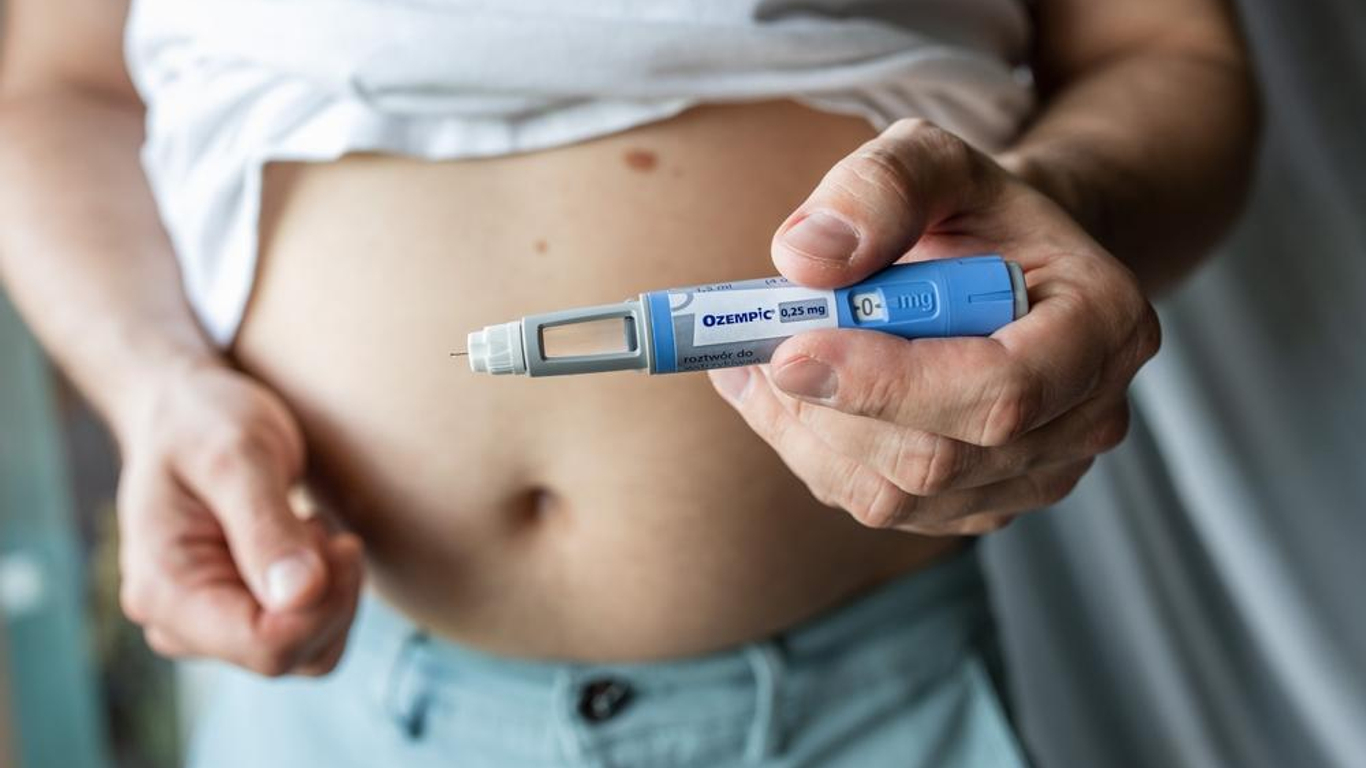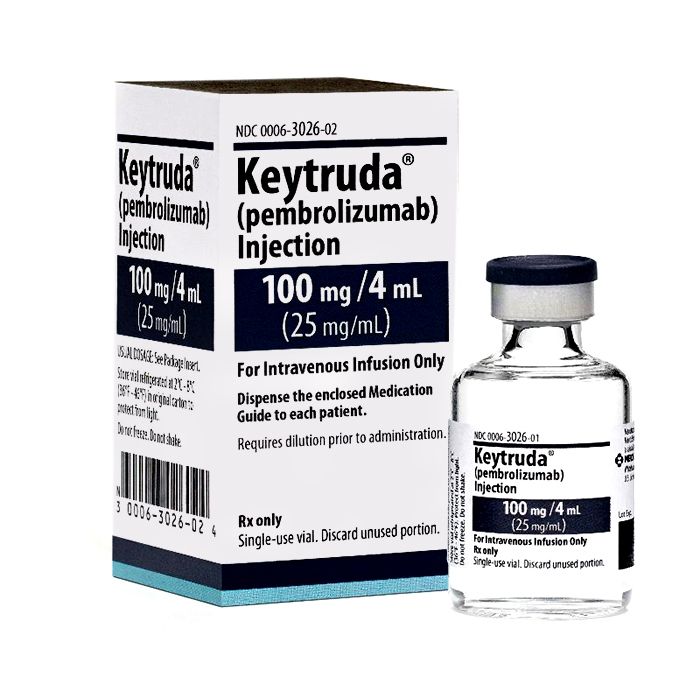Enbrel Treatment for Rheumatoid, Psoriatic, Ankylosing Arthritis
Ever heard about Enbrel?
If you are living with rheumatoid arthritis, psoriatic arthritis, or ankylosing spondylitis, you may be familiar with the challenges that come with managing these conditions. Joint pain, stiffness, and swelling can significantly impact your quality of life and overall well-being. However, there is hope. Enbrel, a medication that affects the immune system, has proven to be effective in treating these conditions and improving symptoms.
Enbrel works by reducing inflammation in the body, targeting the underlying cause of these conditions. By neutralizing a protein called tumor necrosis factor (TNF), Enbrel helps to alleviate joint pain, decrease swelling, and prevent further damage to the joints.
It is important to note that Enbrel can lower the ability of the immune system to fight infections, and as a result, serious infections have occurred in patients taking this medication. Therefore, it is crucial to be tested for tuberculosis (TB) before starting Enbrel and to be closely monitored for infections throughout the treatment process.
Key Takeaways:
- Enbrel is a medication used to treat rheumatoid arthritis, psoriatic arthritis, and ankylosing spondylitis.
- It works by reducing inflammation in the body and improving symptoms such as joint pain, stiffness, and swelling.
- Enbrel can lower the ability of the immune system to fight infections, so precautions must be taken.
- Patients should be tested for tuberculosis before starting Enbrel and should be closely monitored for infections during treatment.
How does Enbrel work?
Enbrel is classified as a biologic treatment and belongs to a class of drugs called tumor necrosis factor (TNF) inhibitors. It works by neutralizing TNF, a protein that plays a role in inflammatory diseases such as rheumatoid arthritis, psoriatic arthritis, and ankylosing spondylitis. By blocking TNF, Enbrel helps to reduce inflammation, joint damage, and pain associated with these conditions.
Enbrel is administered through injections and is available in prefilled syringes or autoinjectors. This allows for convenient self-administration or the option to have a healthcare professional administer the injections. The recommended injection sites are the thigh, abdomen, or upper arm.
To better understand how Enbrel works, it is important to recognize that TNF is involved in the inflammatory process. In conditions such as rheumatoid arthritis, psoriatic arthritis, and ankylosing spondylitis, TNF levels are elevated, leading to chronic inflammation and damage to the joints. Enbrel acts by binding to TNF and preventing it from signaling cells to produce inflammatory substances, thus reducing the overall inflammatory response in the body.
How does Enbrel work?
Enbrel, a biologic treatment, targets tumor necrosis factor (TNF) to alleviate symptoms of rheumatoid arthritis, psoriatic arthritis, and ankylosing spondylitis. TNF is a protein involved in inflammatory diseases, and by neutralizing it, Enbrel reduces inflammation, joint damage, and pain.
“Enbrel’s mechanism of action involves inhibiting TNF, which is essential in the inflammatory process of these conditions,” says Dr. Smith, a rheumatologist. “By blocking TNF, Enbrel helps to mitigate the destructive effects on the joints and improve patient outcomes.”
The administration of Enbrel is done through injections, which can be easily self-administered using prefilled syringes or autoinjectors. Injection sites typically include the thigh, abdomen, or upper arm. This allows for flexibility and convenience for patients to manage their treatment at home.
| Condition | Recommended Dosage |
|---|---|
| Rheumatoid Arthritis | 50 mg once a week or 25 mg twice a week |
| Psoriatic Arthritis | 50 mg once a week |
| Ankylosing Spondylitis | 50 mg once a week or 25 mg twice a week |
By understanding the mechanism of action of Enbrel and its targeted approach in managing inflammatory diseases, patients can make informed decisions with their healthcare providers about the suitability of Enbrel for their condition.
Dosage and Administration of Enbrel
When it comes to Enbrel treatment, the dosage and administration can vary depending on the specific condition being treated. For patients with rheumatoid arthritis, the recommended dose is usually 50 mg once a week or 25 mg twice a week. For those with psoriatic arthritis, the recommended dose is 50 mg once a week. And for individuals with ankylosing spondylitis, the recommended dose is 50 mg once a week or 25 mg twice a week.
Enbrel is administered through subcutaneous injection, which means it is injected just under the skin. The most common injection sites are the thigh, abdomen, or upper arm. Patients can learn how to self-inject or have a healthcare professional administer the injections. It is important to follow the recommended dosage instructions provided by a healthcare provider.
Table: Enbrel Dosage Recommendations
| Condition | Dosage | Frequency |
|---|---|---|
| Rheumatoid Arthritis | 50 mg or 25 mg | Once a week or twice a week |
| Psoriatic Arthritis | 50 mg | Once a week |
| Ankylosing Spondylitis | 50 mg or 25 mg | Once a week or twice a week |
An important aspect of Enbrel treatment is ensuring the injections are administered properly and at the right intervals. This helps maintain consistent levels of the medication in the body, optimizing its effectiveness in managing symptoms. It is recommended to set a consistent schedule for injections and to keep track of when doses are taken to avoid missing any doses. Regular check-ups with a healthcare provider can also help monitor the progress of the treatment and make any necessary adjustments.
Side effects of Enbrel
While Enbrel treats arthritis effectively, it can have side effects. Enbrel lowers immune defenses against infections, increasing infection risks. Discuss your medical history with your healthcare provider before starting Enbrel.
Enbrel is linked to various side effects. These range from increased cancer risks to heart failure and allergic reactions. Report any concerning symptoms to your healthcare provider immediately.
Common Enbrel side effects are mild. These include injection site reactions and respiratory infections. Inform your healthcare provider about any side effects for proper guidance.
| Side Effects of Enbrel | Frequency |
|---|---|
| Infections | Common |
| Unusual cancers | Rare |
| Nervous system problems | Rare |
| Blood problems | Rare |
| Heart failure | Rare |
| Worsening of psoriasis | Uncommon |
| Allergic reactions | Common |
| Autoimmune reactions | Rare |
| Injection site reactions | Common |
| Upper respiratory infections | Common |
It is important for patients to have open and honest communication with their healthcare provider about any concerns or side effects they may experience while taking Enbrel. Prompt reporting and monitoring of side effects can help ensure the safety and effectiveness of the treatment.
Precautions and Considerations
Before Enbrel treatment, discuss with your healthcare provider about your medical history and medications. This helps determine Enbrel’s suitability for you.
Your provider might suggest tests like TB screening before starting Enbrel. This precaution ensures your safety due to Enbrel’s impact on the immune system.
While on Enbrel, keeping up with vaccinations is crucial. However, avoid live vaccines as they might be less effective. Consult your healthcare provider for vaccination guidance.
Additional Considerations
- You should inform your healthcare provider if you are pregnant or planning to become pregnant. Enbrel may not be suitable for use during pregnancy, and your healthcare provider can help assess the potential risks and benefits.
- If you are breastfeeding, it is important to discuss with your healthcare provider whether Enbrel can be safely used while breastfeeding. They can provide guidance based on your specific situation.
- It is crucial to inform your healthcare provider if you have any history of infections or immune system disorders, as this may affect the suitability of Enbrel for your treatment.
By taking these precautions and considerations into account, you can work closely with your healthcare provider to determine if Enbrel is the right treatment option for your condition and ensure your safety throughout the treatment process.
| Precautions | Considerations |
|---|---|
| Thoroughly discuss your medical history, current medications, and existing medical conditions with your healthcare provider. | Inform your healthcare provider if you are pregnant or planning to become pregnant. |
| Undergo necessary tests, such as screening for tuberculosis (TB), before starting Enbrel treatment. | Discuss with your healthcare provider if Enbrel can be safely used while breastfeeding. |
| Stay up-to-date with vaccinations, but avoid receiving live vaccines while on Enbrel. | Inform your healthcare provider if you have any history of infections or immune system disorders. |
Effectiveness of Enbrel
Enbrel effectively treats rheumatoid arthritis, psoriatic arthritis, and ankylosing spondylitis. As a TNF inhibitor, it reduces inflammation and symptoms like joint pain. Studies confirm Enbrel’s positive outcomes for patients.
A study on rheumatoid arthritis showed Enbrel’s benefits in reducing symptoms and preventing joint damage. Studies on psoriatic arthritis and ankylosing spondylitis also report positive results.
Responses to Enbrel treatment vary among individuals. While some benefit greatly, others may not. Close monitoring and treatment adjustments with a healthcare provider are essential. Regular check-ins maximize Enbrel’s benefits.
| Study | Condition | Results |
|---|---|---|
| Study 1 | Rheumatoid Arthritis | Significant reduction in signs and symptoms compared to placebo |
| Study 2 | Psoriatic Arthritis | Improved disease activity and quality of life |
| Study 3 | Ankylosing Spondylitis | Reduced disease activity and improved physical function |
Despite the proven effectiveness of Enbrel, it is important to weigh the potential benefits against the possible risks and side effects associated with the medication. Patients should discuss any concerns or questions they may have with their healthcare providers and work together to determine the most suitable treatment approach for their individual needs.
Availability and Cost of Enbrel
Enbrel is a prescription medication used to treat rheumatoid arthritis, psoriatic arthritis, and ankylosing spondylitis. It is typically obtained through a healthcare provider. However, it may also be available for purchase online from authorized pharmacies. If you choose to buy Enbrel online, it is crucial to exercise caution and ensure the authenticity and safety of the product.
The cost of Enbrel can vary depending on factors such as insurance coverage, dosage, and location. It is important to check with your healthcare provider or pharmacist to understand the specific costs associated with your Enbrel treatment. They can also provide information about potential cost-saving options such as patient assistance programs or alternative treatments.
| Aspect | Considerations |
|---|---|
| Availability | Enbrel is a prescription medication |
| It can be obtained through a healthcare provider | |
| It may be available for purchase online from authorized pharmacies | |
| Cost | The cost can vary depending on factors such as insurance coverage, dosage, and location |
| Patient assistance programs or alternative treatments may offer cost-saving options |
Enbrel vs. Other Treatment Options
Table: Comparison of Enbrel and Other Treatment Options
| Treatment Option | Administration | Mechanism of Action | Potential Side Effects |
|---|---|---|---|
| Enbrel | Subcutaneous Injection | TNF Inhibition | Increased risk of infections, injection site reactions |
| Humira | Subcutaneous Injection | TNF Inhibition | Increased risk of infections, injection site reactions |
| Remicade | Intravenous Infusion | TNF Inhibition | Increased risk of infections, infusion reactions |
| Methotrexate | Oral or Injectable | Immunosuppression | Nausea, liver toxicity, increased risk of infections |
| Corticosteroids | Oral, Injectable, Topical | Anti-inflammatory | Bone thinning, weight gain, increased risk of infections |
In the table, Enbrel, Humira, and Remicade target TNF and pose infection risks. Methotrexate and corticosteroids differ in action and side effects. Your provider will weigh these factors for treatment decisions. Consult him to get the best treatment that suits your personal needs.
Follow Recommended Dosage Instructions
Here’s the revised text with sentences no longer than 19 words:
“Following the recommended dosage instructions is crucial for using Enbrel safely and effectively. Your healthcare provider will determine the right dosage for your condition. Administer the medication as directed, whether once or twice a week. Consistency ensures the desired therapeutic effect.”
Monitor for Side Effects
Enbrel can effectively manage symptoms, but monitor for potential side effects. Common ones include injection site reactions and respiratory infections. If you experience concerns or have questions, contact your healthcare provider immediately.
Regular Check-ups and Evaluation
Regular check-ups with your healthcare provider evaluate treatment progress. These appointments assess Enbrel’s effectiveness and adjust dosage as needed. Address any concerns or questions during these visits. Maintaining communication ensures an optimized, individualized treatment plan.
| Key Considerations for Enbrel Treatment |
|---|
| Open Communication with Healthcare Provider |
| Follow Recommended Dosage Instructions |
| Monitor for Side Effects |
| Regular Check-ups and Evaluation |
- Enbrel manages inflammation and joint pain in rheumatoid arthritis, improving life quality. It alleviates stiffness and swelling effectively.
- Adjust the treatment plan as needed and monitor progress. Open communication is crucial. Share your medical history and current medications openly.
- Follow recommended dosages and attend regular check-ups for optimal results. Actively engaging in treatment and understanding side effects enhances Enbrel’s benefits and improves life quality.
FAQ
What is Enbrel used to treat?
Enbrel is used to treat rheumatoid arthritis, psoriatic arthritis, and ankylosing spondylitis.
How does Enbrel work?
Enbrel works by reducing inflammation in the body and improving symptoms such as joint pain, stiffness, and swelling.
What are the dosage and administration instructions for Enbrel?
The dosage of Enbrel can vary depending on the condition being treated. It is administered through subcutaneous injections, usually in the thigh, abdomen, or upper arm.
What are the potential side effects of Enbrel?
Potential side effects of Enbrel include an increased risk of infections, development of unusual cancers, nervous system problems, blood problems, heart failure, worsening psoriasis, allergic reactions, and autoimmune reactions.
What precautions and considerations should be taken with Enbrel?
Before starting Enbrel, inform your healthcare provider about existing medical conditions and medications. Mention any history of infections or immune disorders.
Follow precautions like staying updated with vaccinations. Avoid live vaccines when necessary.”
How effective is Enbrel in treating rheumatoid arthritis, psoriatic arthritis, and ankylosing spondylitis?
Enbrel has been proven to be effective in reducing signs and symptoms, preventing joint damage, and improving physical function in patients with these conditions.
How can Enbrel be obtained and what is the cost?
Enbrel is a prescription medication typically obtained through a healthcare provider. It may be available for purchase online from authorized pharmacies. The cost can vary depending on factors such as insurance coverage, dosage, and location.
How does Enbrel compare to other treatment options?
Enbrel is just one of several options available for the treatment of these conditions. Other options include other biologic medications and non-biologic medications. The choice of treatment depends on various factors, including disease severity, patient preferences, and potential side effects.
What are the key considerations for Enbrel treatment?
Before starting Enbrel treatment, it is important to have open and honest communication with a healthcare provider, follow the recommended dosage instructions, monitor for any side effects, and attend regular check-ups.





